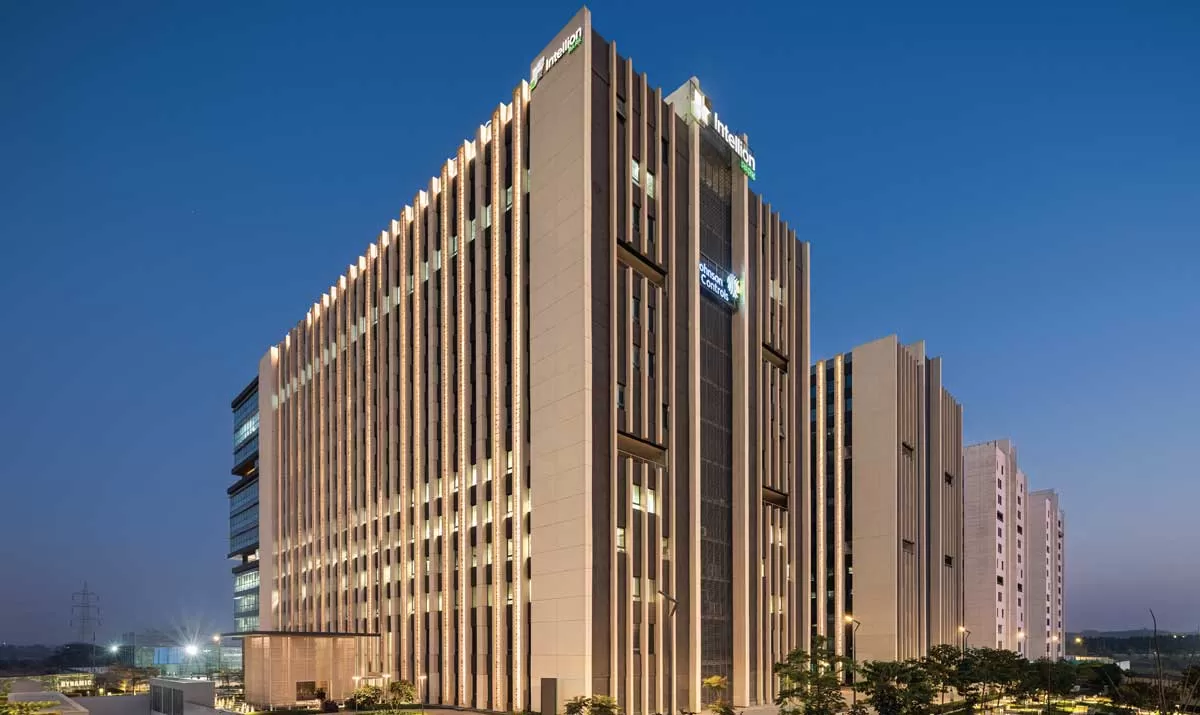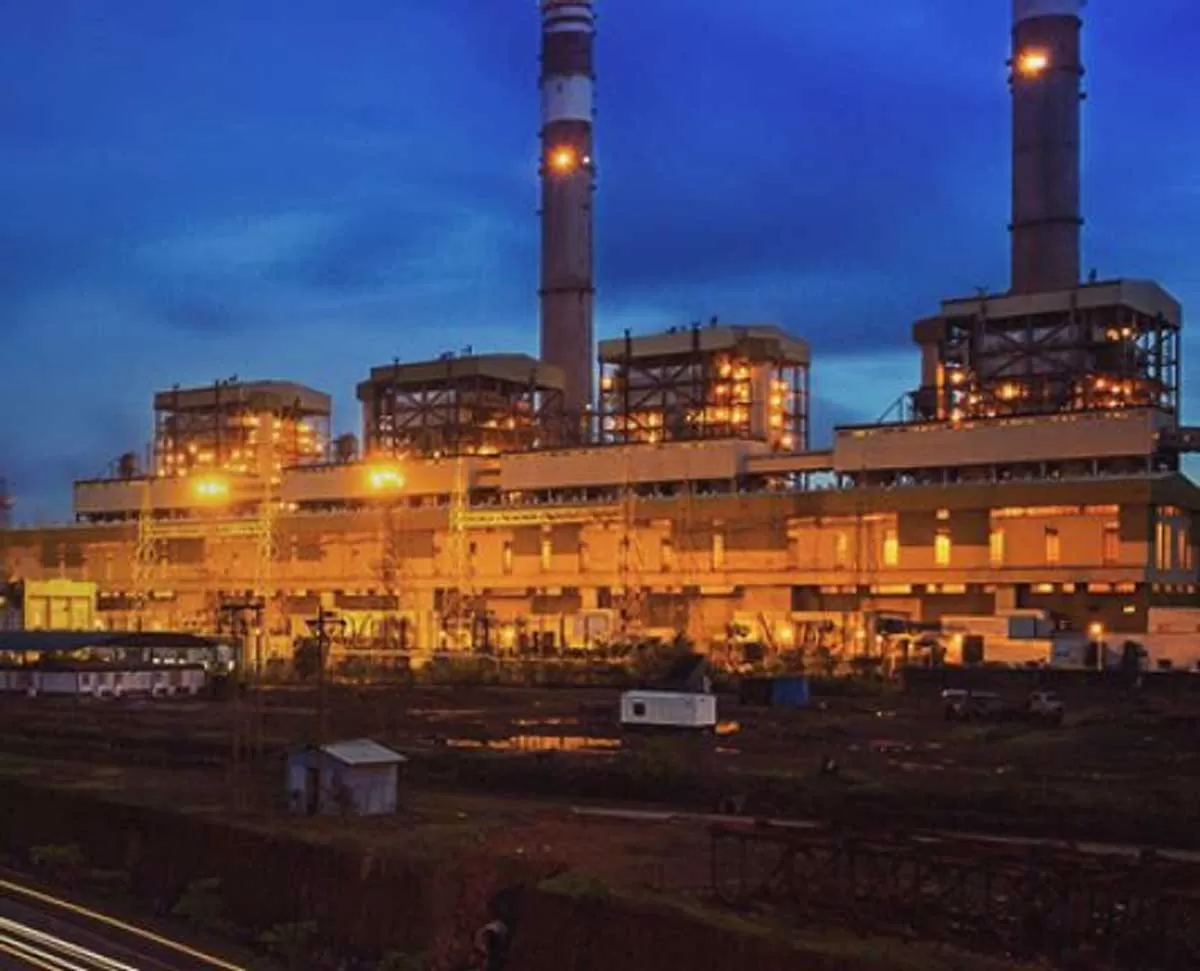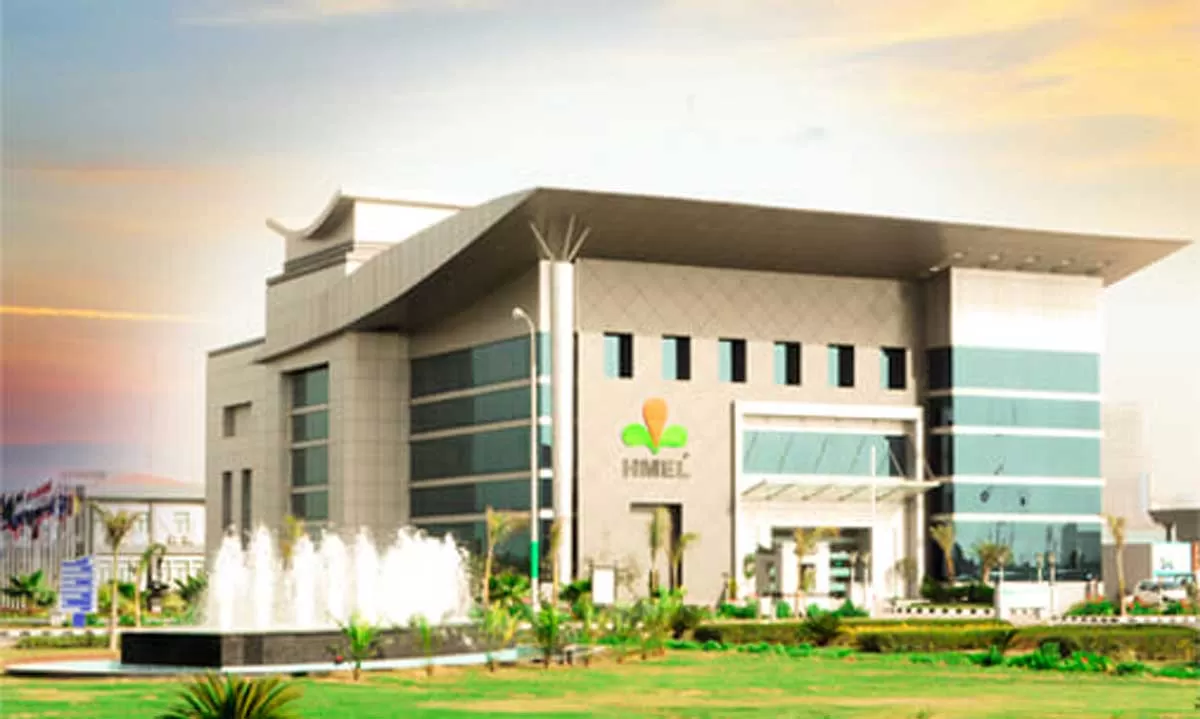Raipur-based Nigraani provides vehicle telematics solutions, and offers solutions like GPS-enabled fuel sensors, cloud-enabled cameras, and more. The company offers features like real-time tracking, fuel tracking, fuel consumption monitoring, anti-fuel theft alerts and more. Nilesh Jain, Director, speaks on the segments that are driving the demand for products and related applications of fuel tracking solutions in commercial and construction vehicles.
________
What is the present size of fuel tracking solutions in India? How has the market evolved over the years?
Fuel tracking solution’s penetration is less than 1% of the overall commercial fleet size of India due to multiple factors, from lack of product knowledge to failed experiments with low precision solutions, and transport segment being stuck in the age-old practice of compensating drivers on a per-trip basis to overcome fuel accountability challenges.
Fuel tracking solution is gaining more traction in the market with dependable high-precision solutions and the RofI (Return of (not ON!) Investment) in months.
There is increasing awareness among younger owners who are more tech savvy. For example, among the family businesses, the largest fleet owners have been supported by their younger family members in the decision process.
High RofI from the latest generation fuel tracking solution can convince fleet owners to take the solution. They have understood that in the warranty period of the solution they would have generated multi-fold return from investment.
Generic transporters and specialised ones (transit mixers, solid waste managers, etc.) with open-mind have started experimenting with the solution and have found deeper advantages beyond fuel pilferage prevention like real-time data, saving manual record-keeping efforts, data-based decision making, etc.
The openness of stakeholders like drivers, contractors is increasing once they realise that they can collaboratively make use of the system to positively benefit the ecosystem. E.g.: Drivers used to have a hard time convincing fleet owners about the need for ad-hoc maintenance requirements of truck/machine and now that comes out apparently from data.
The underlying factor here is the value mindset of fleet operators instead of focusing on the cost of the solution. Buyers, who have managed to see the value beyond the cost, can reap the benefits of these IoT solutions with transformational capabilities.
Which segments are driving the demand for your products?
Large fleet operators like specialised transport fleet owners, infrastructure contractors, employee transport, etc are adopting fuel tracking solutions fastest among all fleet operators.
Cloud-born, SaaS-based, device-agnostic fuel tracking solution is enabling fleet operators to adopt the latest of digital capabilities without any of the overheads like IT set up, data security, etc. This is opening avenues for these operators to transform their business models by getting rid of the workaround they have been adopting to get diesel accountability like a fixed per-day of operation-based fuel issuance or per-trip-based fuel issuance. Some of our customers have reported daily filling going down from a fixed 110 litres for a day of operation to a variable 50 to 70 litres since they have real-time data on current fuel status!
Explain your product portfolio in fuel tracking solutions. What are its key characteristics?
Nigraani caters to fuel tracking solution needs of vehicles ranging from a simple on-road truck to a complex explosive grade fuel-tracking solution required for multi-chamber, multi-meter deep tanks.
Our sensors generate 99.2% accurate reading in real-time and help generate actionable insights for the decision to cut operating expenses of fuel (under-filling, drain, etc.) or even at a capital investment of replacement/ procurement of additional units in the fleet. Diesel is by far the largest expense for fleet operators. Fuel tracking solution leads to minimum 5% to 8% cost reduction on a monthly consumption.
What are the applications of fuel tracking solutions in commercial and construction vehicles? What is the current demand trend?
Fuel tracking solutions help overcome challenges for commercial and construction fleet operators, including:
The solution helps them get their entire fleet of any brand on a single system with real-time dashboards giving them a single source of truth.
Generic GPS systems leave out the most-cost intensive aspect of diesel from tracking. Nigraani caters to that with 99.2% precision enabling high RofI.
Prevention of mismanagement like a defect in fuel-injection kits upon fuel drying out. Further, if the excavator runs dry, the tippers have a forced-down time and lose productivity.
Demand is increasing for the high-precision fuel tracking solution among value-aware fleet operators.
What are the major changes taking place in terms of technology?
With the advent of SaaS solutions hosted on the cloud, there is increasing power of real-time analytics, actionable insights based on elastic computing resources, ensuring high availability. On the hardware side, the new generation of the solution takes tracking precision for fluid like diesel to 99.2% and adds safety features like explosion safety, while increasing longevity through better ingress-protection for these devices, which are exposed to harsh operating conditions in terms of temperature, water, dust, etc.
What are the key market opportunities?
Indian market is full of opportunity with an after-market base upwards of 10 million commercial vehicles and incremental addition of million-plus units (on-road + off-road) per annum. This is further likely to have an upward trend due to the infra push being created by the government leading to fleet addition at infrastructure developing companies and direct beneficiaries like road-transporters, etc.
In the construction and mining equipment industry, the rollout of the BSVI (CEV) will be challenged because the engines that are currently working on mechanical platforms will move on to electronics platforms. Kindly divulge more details on this.
BSVI, CNG and commercial electric vehicles are only pointing towards the trend of data-driven management. For example, it is far more critical for CEV owners to plan their asset deployment based on charge status and the downtime needed for recharge. Those fleet operators with progressive minds are already getting the advantage of fuel tracker and bringing in the required organisation-level change needed in their standard operating procedures to facilitate a faster transition to a data-driven management model.
What will be the impact of vehicle scrappage policy on the fuel tracking solutions market?
In a sense, IoT solutions like Nigraani helps fleet operators get real-time heartbeat data of your fleet and helps you decide on scrapping underperforming units well before it becomes mandatory by law. With the advent of the BS standard, any unit with low performance is not just an environmental burden but also an efficiency drag from a commercial perspective.
What is the price disparity and acceptability of these solutions?
The price of the solution is commensurate to the precision of the solution and the service standards that are needed to support the fleet operator make effective use of the technology as they go through the transformation of manual fuel tracking to data-driven management. Nigraani works on the best-value proposition for fleet operators to ensure that they get RofI in months, else they have a money-back window of 15 days to return the solution!
Nigraani has crossed over 10,000+ units in less than three years of operation and continues to see an encouraging response in terms of customer net promoter score, word of mouth referral, and near 100% success rate of proof of concepts with the new customer.
How do you look at the future market for fuel tracking solutions in India?
Fuel tracking solution is just a step towards a transition towards IoT-based, data-driven management of asset owners. Once diesel becomes redundant, there will be a CNG/battery charge to track, digital twins for the mission-critical machine, and ever-increasing use cases of machine-to-machine (M2M) communication riding on the cloud infrastructure to facilitate business problems without overheads.CASE STUDYNigraani’s fuel tracking solution’s gains enable ARSS to increase driver’s salary multifoldARSS is a civil construction activities company with principal areas of business as road works, bridge works, railway works, power works, real estate works and irrigation works across states of Odisha, Chhattisgarh, Chennai and Kerala, among others. Their widespread operation and fuel pilferage needed a transparent view of fuel usage in its fleet of trucks and heavy equipment to tackle rising fuel costs.ARSS worked with Nigraani to equip 350 of their commercial vehicles and equipment with fuel monitoring solutions. The savings from the precise and real-time sensors helped realise the return of investment in months. The gains have spread further to stakeholders like drivers who have got up to four-fold increase in their salaries.Infrastructure development is a growing market in India, with an increased base of commercial vehicles like graders, excavators, DG sets and other heavy equipment for construction projects of all sizes. ARSS’s main business is in infrastructure development, and the company owns more than 1,000 units of heavy equipment. With fuel prices rising in India, saving on fuel is a priority for ARSS, and the company decided to invest in an advanced fuel and fleet management solution to pinpoint inefficient fuel usage with Nigraani solution with 99.2% accuracy. Business challengeARSS’s wide scale operation with a geographically dispersed large fleet of vehicles and equipment presented a huge challenge in managing fuel tracking━exact volume filled, consumption during course of business and fuel pilferage at various stages. There were associated challenges like inability to plan and forecast fuel requirement, timing fuel procurement, fuel injection kit dysfunction upon fuel tank going empty and high turnover among drivers due to lower pay compared to market.Nigraani’s solution Looking for ways to optimise fuel consumption and eliminate manual fuel data entry errors, improve transparency in fleet management, prevent fuel underfilling and enhance their reputation as a progressive and efficient infrastructure company, ARSS looked for a technologically advanced, foolproof fuel-tracking solution. Rajul Agarwal, Director at ARSS, explains, “With our previous provider we were overpaying for an antiquated technology and were way behind in ease of installation, functionality, and reporting options. It wasn’t long before we saw what fleet and diesel tracking could really do for us thanks to Nigraani. The ease of plug and play technology, custom reporting beyond “the norm”. With 350 plus units and another 200 in pipeline for installation in both Odisha and across India, we see no signs of slowing down.”Nigraani’s successful fuel management solution was referred to ARSS by another leading company in the industry. Following an extensive series of trials, ARSS opted to use Nigraani's complete fuel and fleet management solution, consisting of best in class SaaS-based fuel management platform, vehicle trackers and Nigraani high-precision fuel-level sensors. The first phase of the project involved 350 units.Business benefitsThe precise tracking of fuel in real time with high precision of 99.2% enabled ARSS to automatically track filling, prevent pilferage and improve their fuel planning. Profound differences between manually calculated fuel consumption data and the real time accurate data collected from Nigraani fuel-level sensors made the fuel management function easy from the comfort of their offices with complete certainty and precision. ARSS is experiencing significant benefits within months of installing Nigraani's fuel and fleet management solution: Return on investment of the fuel tracking solution. Prevention of underfilling, avoiding any chances of fuel running out leading to defects in fuel injection kit. Ability to plan and forecast fuel consumption at a fleet level from their office without any manual intervention. With a strict control on the largest cost in fleet operation i.e. fuel cost – ARSS managed to increase salary of drivers up to four-fold to address the issue of driver turnover and unresponsiveness. Impressed with the results, ARSS has plans to install Nigraani equipment across the company's entire fleet.- Karthik Muthuveeran


















